As the “non-drinking” lifestyle gains global popularity, the variety of alcohol-free beverages is also expanding exponentially. “Sober Curious is no longer just a passing trend, but a shift in society,” says Ruby Warrington, who produced the Sober Curious movement.
The non-drinking lifestyle is gaining traction among Gen Z as well. According to a survey in the US, 70% of Gen Z* individuals simply “do not want to drink” alcohol. This trend extends beyond the US; research indicates that the number of young people drinking alcohol is declining in high-income European countries, as well as in Australia and New Zealand.
*In the US, Gen Z is primarily defined as individuals born from the mid-1990s to the mid-2000s.
Why is the choice of “not drinking” rapidly emerging among Generation Z in particular? With Sober Curious becoming mainstream, how is the environment surrounding alcohol changing globally? And where does Sober Curious lead us? What scenes and experiences are expanding there?
Approximately six years have passed since Ruby’s book “Sober Curious” was published in 2018. To explore the updates and further questioning since then, the DIG THE TEA team conducted the first solo interview with Ruby in Japan.
( Read the First Part >> The True Meaning of ‘Sober Curious’: What its Founder Discovered in the Quest for Sobriety | Ruby Warrington )
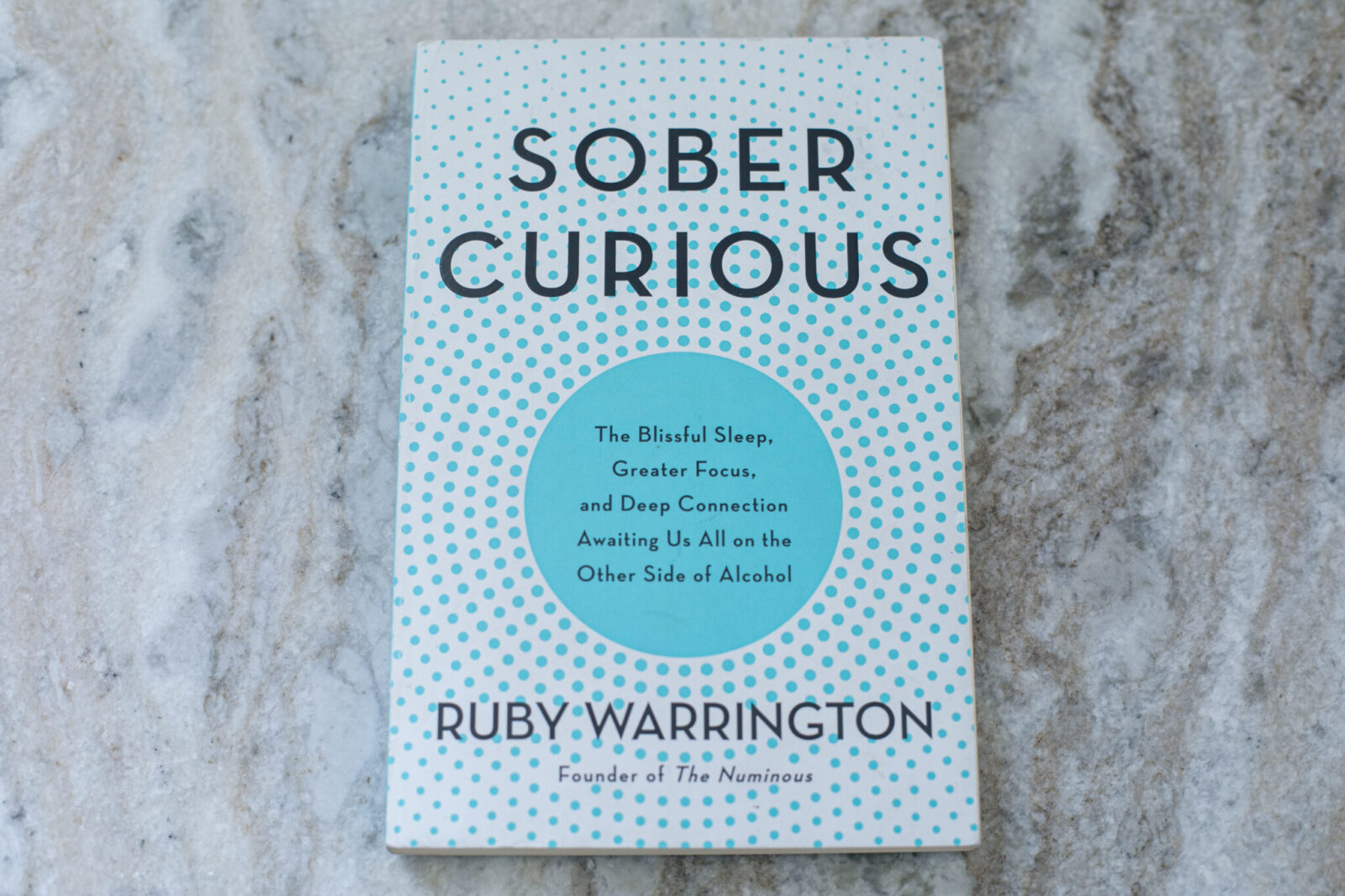
Unlike Gen X, Gen Z doesn’t find alcohol appealing
“Being drunk in selfies and pictures does not look good on social media.”
— When you introduced the concept of Sober Curious to the younger generations through your books, talk events, and other occasions, how did the audience respond compared with the older generations?
All of the research shows that Gen Z and younger millennials are just not using alcohol at nearly the same level as older millennials, Gen X and boomers. There’s a huge shift in the way that alcohol is perceived.
The younger generations view alcohol as similar to cigarettes. Growing up in the age of smartphones, with access to a plethora of information, they’re much more aware of the dangers and long-term health impacts.
They also do a lot more of their socializing on social media, rather than in-person. So they don’t necessarily have that same social anxiety that people have been using alcohol to medicate. Then the other thing is being drunk in selfies and pictures does not look good on social media.
Alcohol as a substance is much less appropriate for those younger generations in terms of the way they socialize, and their self-image, and they’re much more well-versed about mental health. So they’re much more likely to find other ways to address their mental health issues than using this kind of band-aid medication of alcohol.
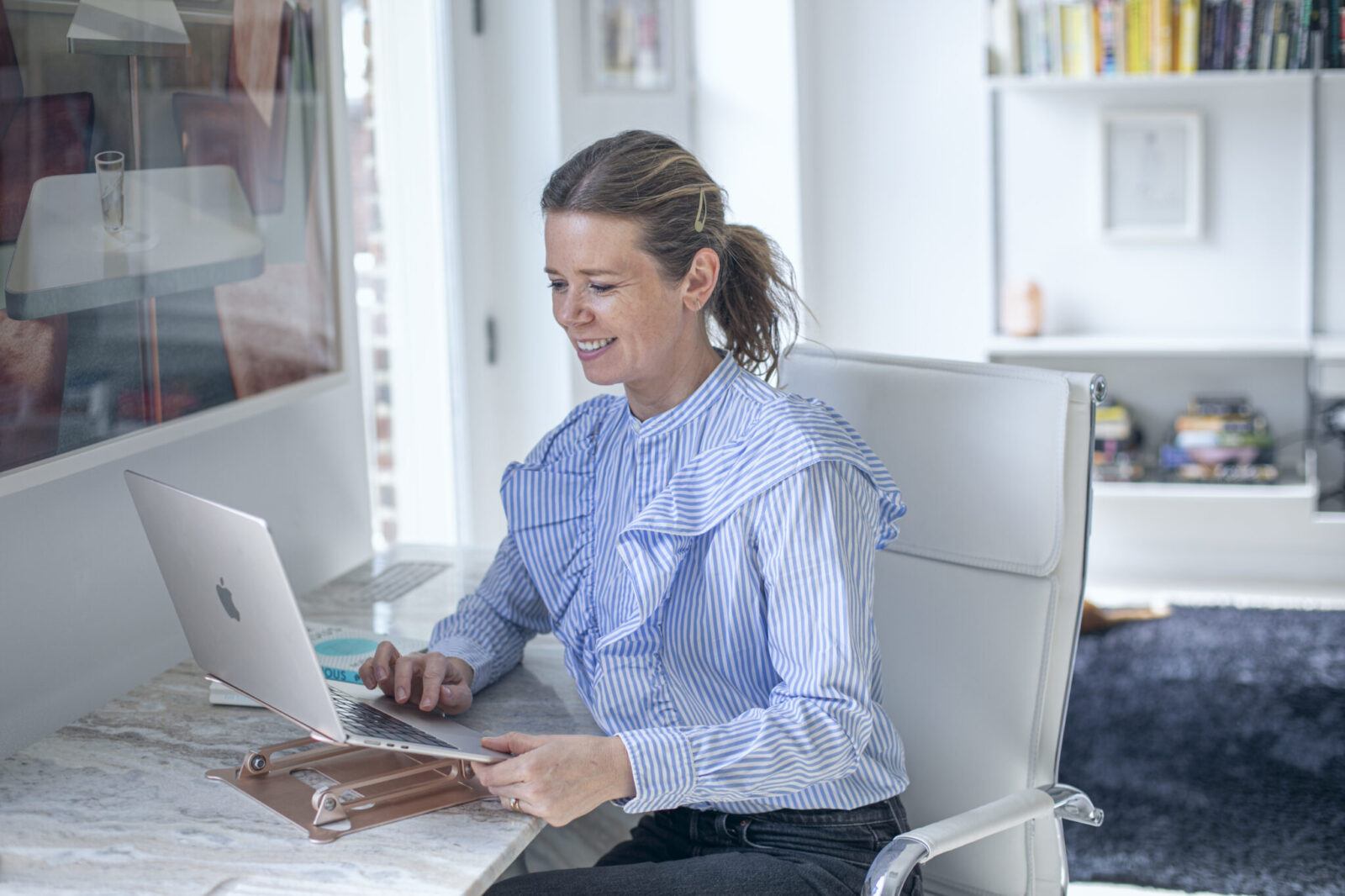
I think that’s an interesting and important shift. Most of the people I speak and interact with are older, people who were raised with the message that alcohol is an important and integral part of life. At the Sober Curious retreat I organized in January, there were several participants in their late 60s and early 70s.
Concerned about their health, they recognized that addressing their drinking habits is a crucial part of maintaining wellness into their later years. Individuals drawn to the Sober Curious movement typically have ingrained drinking habits and are seeking to change their behaviors.
While young people may identify as Sober Curious, they may not seek help from the movement because they haven’t reached a problematic stage with alcohol in the first place.
—The changing cultural perception of alcohol is causing different generations to seek different things from the Sober Curious movement.
In the 1990s, drinking was glamorized and seen as part of a hedonistic youth culture. I came of age in London during that time, where Kate Moss was the icon of chic for women.It was the era of the “ladettes,” of SATC, and of Cool Britannia—when Kate Moss falling out of the Met Bar, drunk, was seen as the epitome of cool. The idols of that time were supermodels and rock stars, living glamorous and indulgent lifestyles.
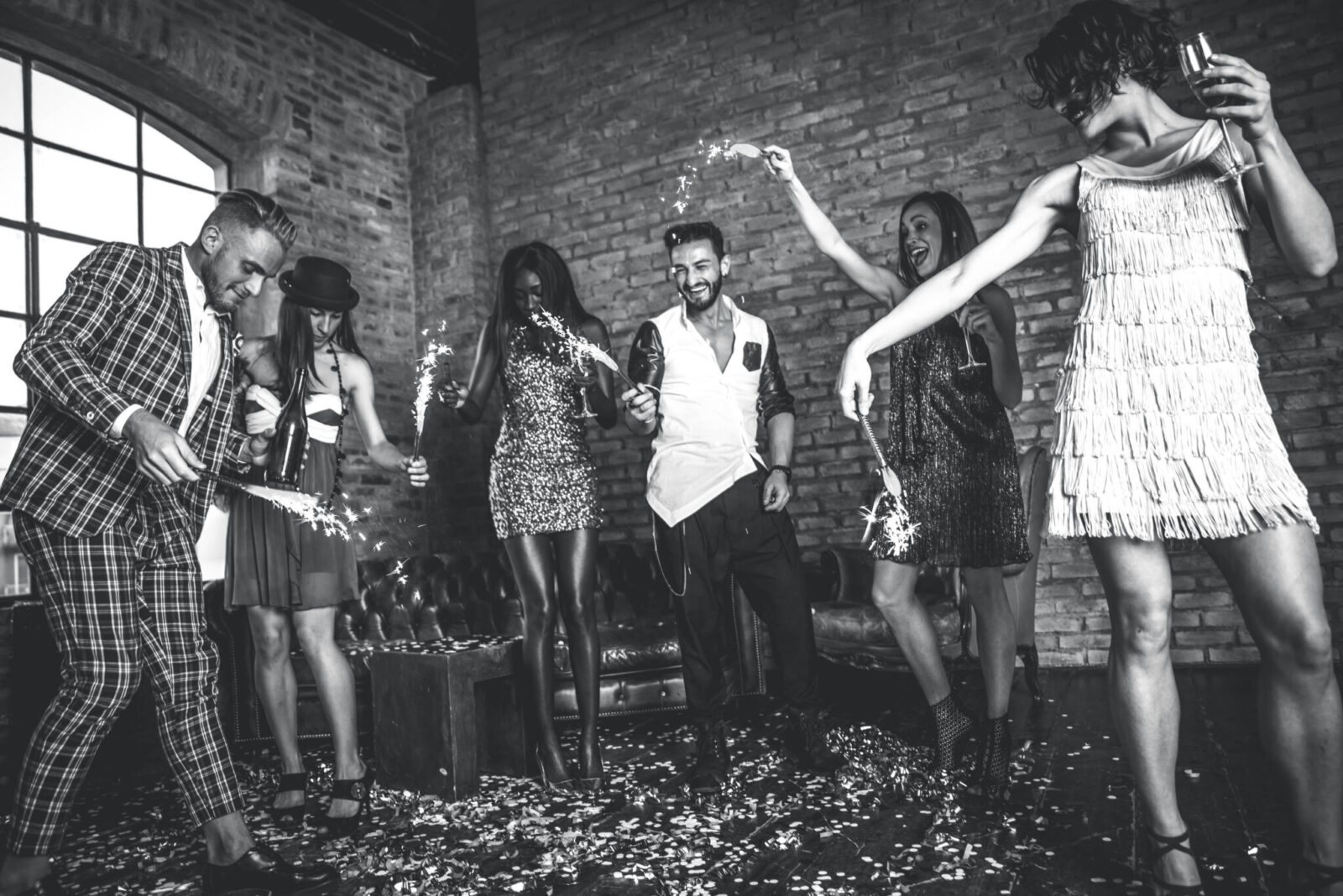
Conversely, for younger millennials and Gen Z, the figures they admire often abstain from drinking. Their idols are celebrities who don’t drink, such as Kim Kardashian, or successful entrepreneurs. The focus has shifted more towards achieving success in business. Being a savvy business person doesn’t align with being the last one at the bar or stumbling out of nightclubs, right?
Editor’s note: The Met Bar in London is a members-only establishment frequented by celebrities often seen leaving intoxicated, epitomizing the “Cool Britannia” era of the 1990s and 2000s.
— Certainly, back then, the party scene of celebrities looked cool. On the other hand, for today’s Gen Z, it’s cool to see smart business people. With Sober Curious becoming more mainstream, where do you see the trend going from 2024 forward?
I think Sober Curious is less of a trend and more of a shift away from alcohol being the default coping mechanism. And it will continue to grow.
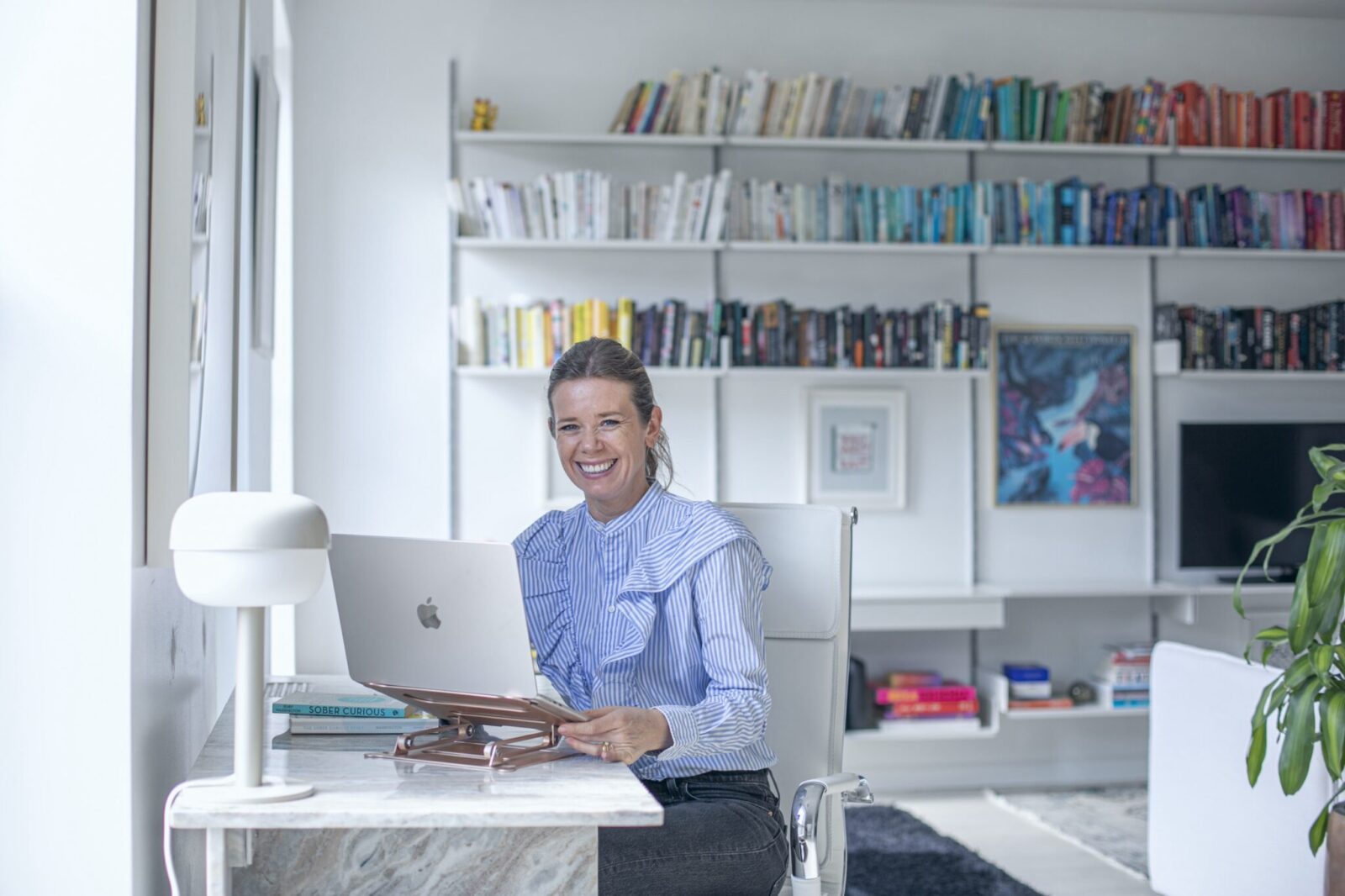
Leading up to the book’s publication at the end of 2018, I was hosting events in New York in the previous two years and talked about Sober Curious. It was a very fringe and new idea at the time.
But it’s become much more socially acceptable not to drink now. A large percentage of the population is familiar with the term Sober Curious now and is comfortable with questioning their drinking habits.
Initiatives of global campaigns like “Dry January” or “Sober September”, where people temporarily abstain from alcohol after long holidays like year-end or summer vacations when drinking occasions are frequent, are becoming more mainstream.
There are hundreds of Sober Curious influencers on social media and this whole new category of alcohol-free drinks that didn’t really exist even six years ago. We’ll probably also see more products developed that mimic the effects of alcohol.
That said, I think alcohol will always be there. Human beings have consumed alcohol since the beginning of time and will continue to consume alcohol. But there’ll be a lot more conscious awareness around the true impact of alcohol.
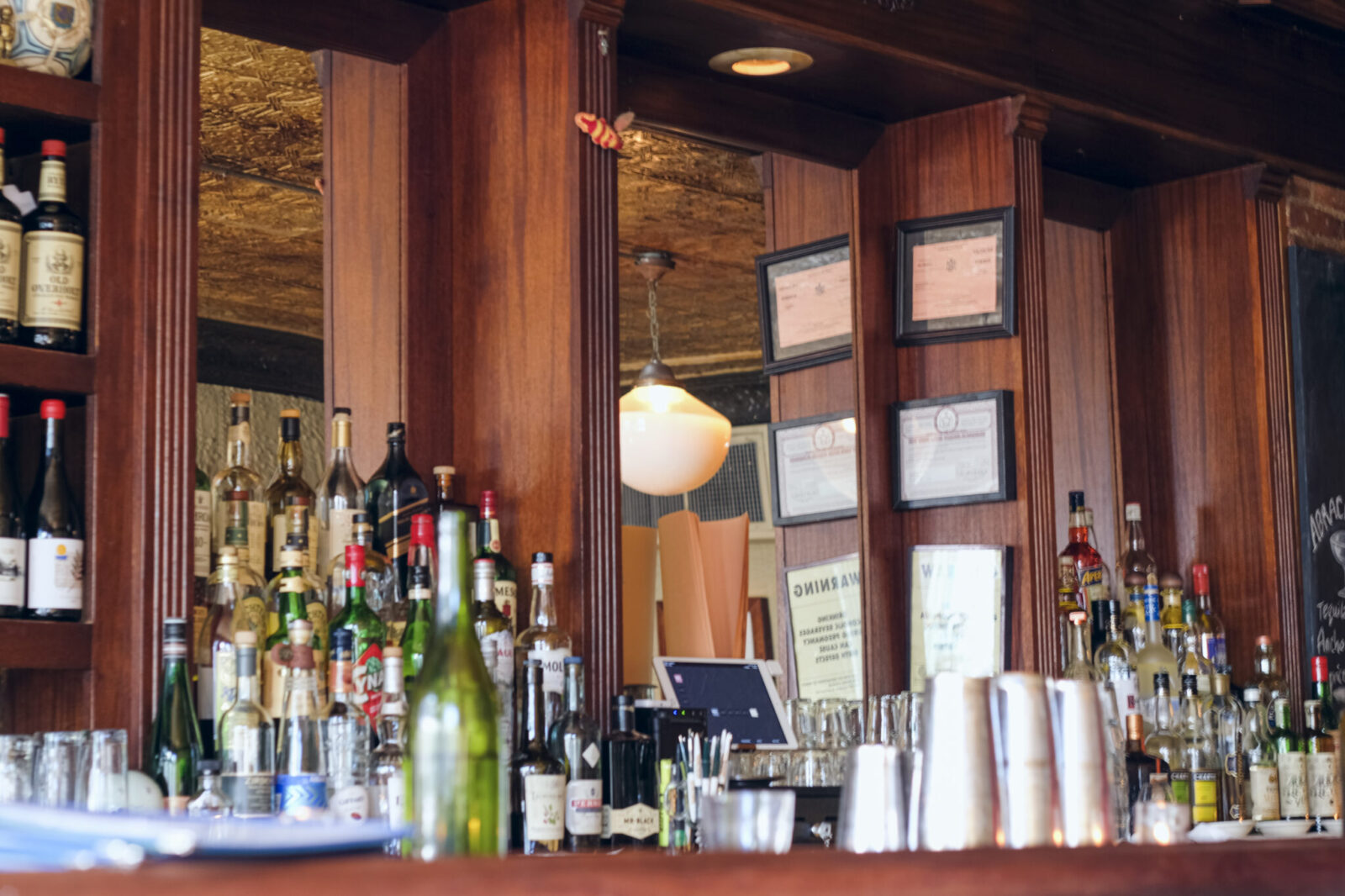
At the forefront of “Alcohol-Free”, options are expanding
“You can choose a restaurant that has some great non-alcoholic options on the menu.”
— As the “Sober Curious” movement spreads globally, do you find more non-alcoholic alternatives in the US and the UK? In Japan, non-alcoholic beer is becoming popular, and some restaurants have started to offer pairing courses with these options, but most places still list soft drinks as the only non-alcoholic options.
There are small breweries that are doing really good alcohol-free craft beers, and then you have big brands like Heineken Zero, which takes over the market.
There is a brand called Lyre’s from Australia. They do alcohol-free versions of all of the classic spirits and they taste really spot-on. The whole idea is that you could make an alcohol-free version of your favorite cocktails.
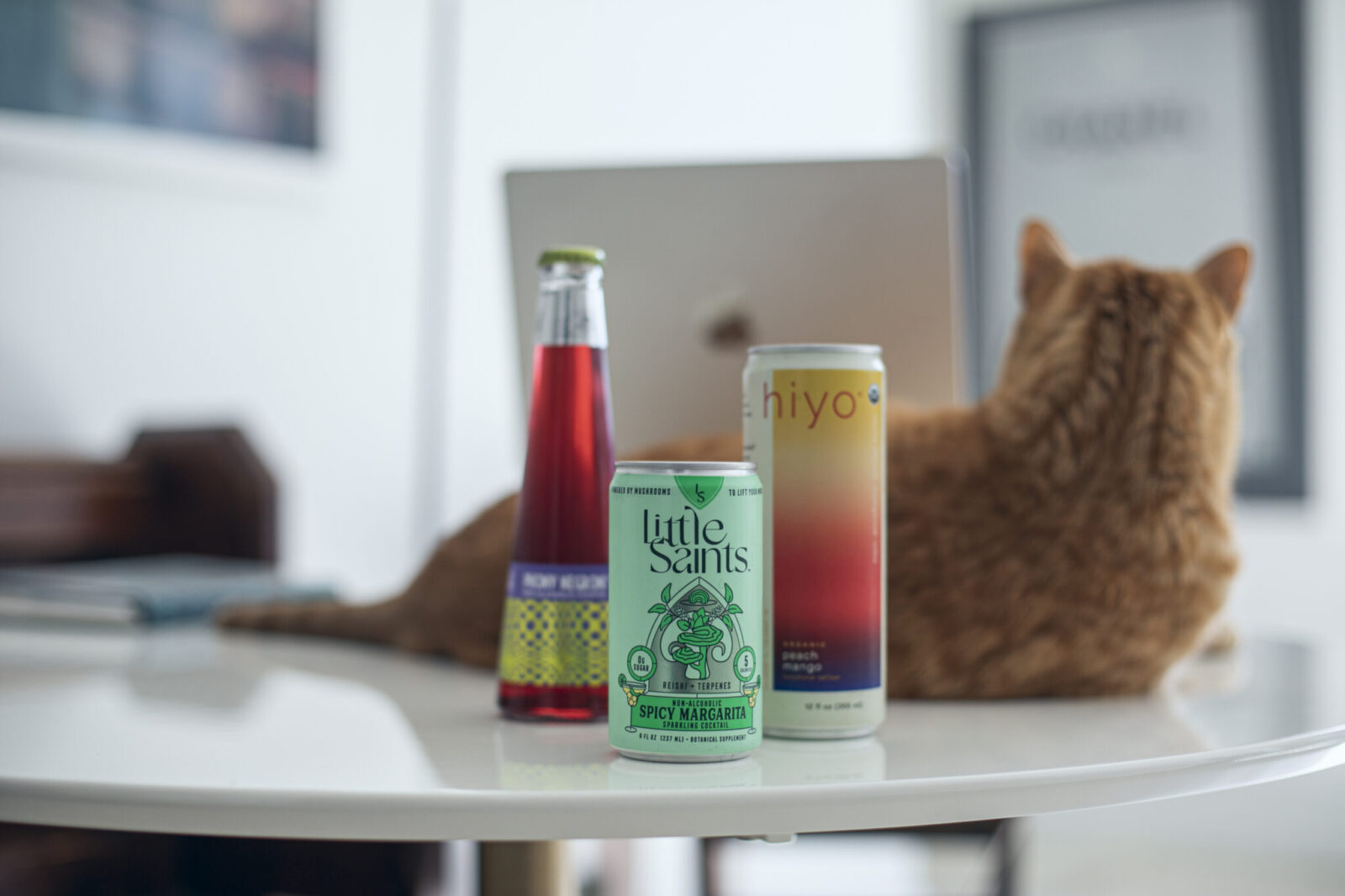
And then there is a different category of non-alcoholic beverages that are not trying to replicate alcohol. Kin Euphorics, Ghia, and Three Spirits, for example, use adaptogens like herbs and other plant substances that have calming or relaxing properties.
In the US, there is a liquor store called “Boisson” that specializes in alcohol-free drinks, ranging from craft beers to spirits. It has locations in New York and California in the US.

When selecting a restaurant, I choose a place that offers a variety of non-alcoholic options on the menu — not just soda water. This ensures that you will find something enjoyable to drink and won’t feel left out.
— In Japan, just as various wines are paired with dishes, there are also instances where Japanese sake is paired with food. Are there alcohol-free beverages available to cater to these needs?
Yes. The founder of Lyre’s (editor’s note: Mark Livings), for example, is a foodie and a wine lover. He wanted to create drinks that he could pair with food and taste really good.
One of the big wine critics in the UK, Mathew Jukes, also started his own alcohol-free drink brand called Jukes Cordialities. They are specifically designed as food-pairing drinks and they are delicious.
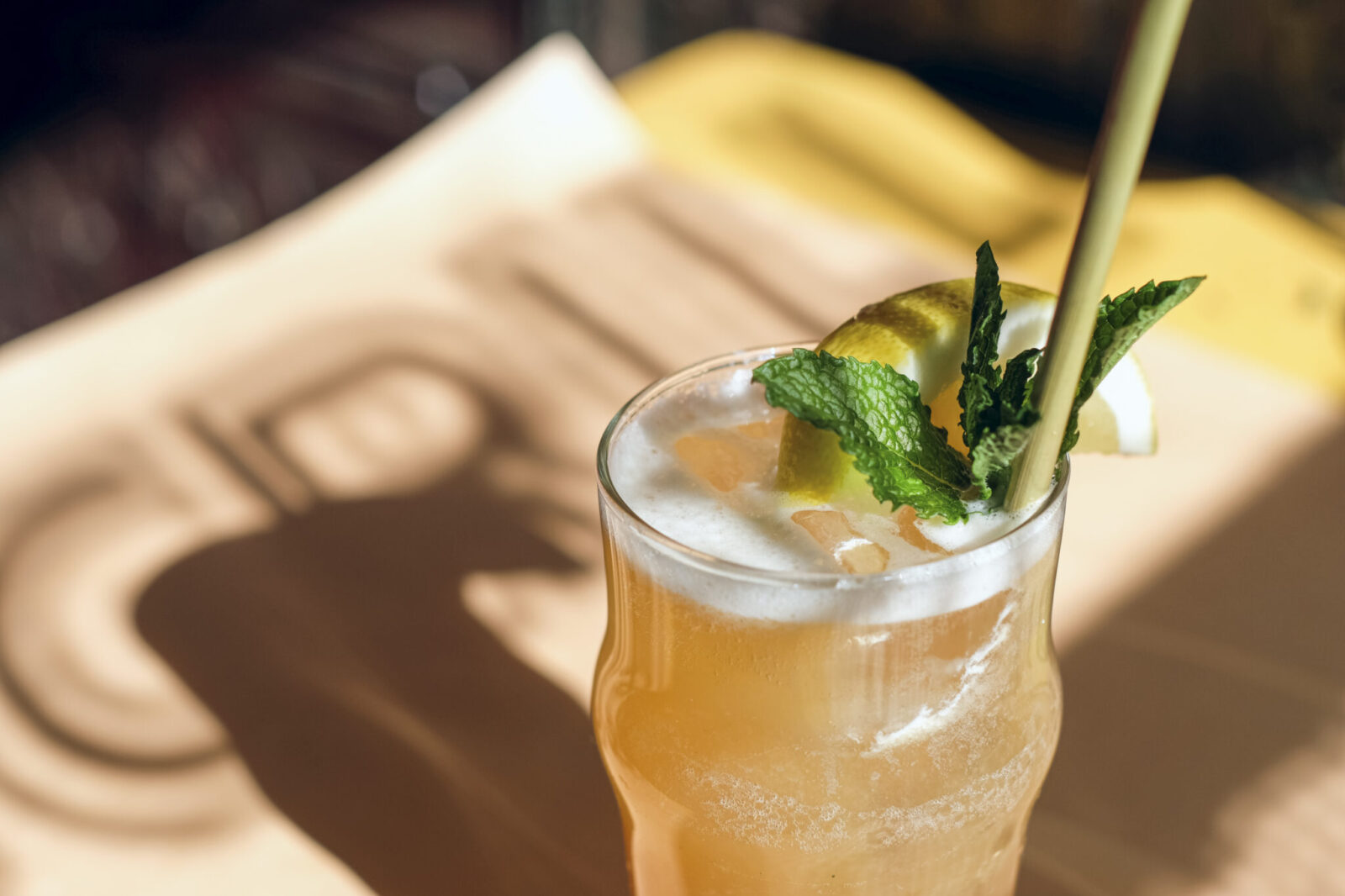
The end stage of being Sober Curious
“The result of my own Sober Curiosity is that I no longer have any need for alcohol.”
— If you were to update your 2018 book now, is there anything you want to add or change?
I think the only update would be to my personal story. Because when I wrote the book, I was still drinking; I wasn’t completely sober. I was Sober Curious and still very much questioning my relationship with alcohol, gathering the information I needed to inform my choices going forward. That timeframe is what anchors the book.
But fast forward to now, the result of my own Sober Curiosity is that I no longer have any need for alcohol. I no longer perceive alcohol as having any benefits for me whatsoever. And I have completely removed alcohol from my life. I no longer have any desire for alcohol, but it’s taken me almost five years to reach this conclusion for myself.
So if I could, it would be nice to add an epilogue to the book now, just to show where my journey has brought me. Not because this is necessarily the right path for everybody.

— Can you elaborate on what happened in those five years for you to reach this conclusion?
In the book, I talk about determining what would be an appropriate occasion to have a drink, rather than it being your default. What would be the occasions when a glass of wine might be an appropriate substance?
With that in mind, I tested the theory in certain situations. Would it be at a wedding? Would it be a couple of times when I’m feeling overly anxious? What I realized in every single one of those situations was that not only did alcohol not have the desired effect, it actually made me feel worse.
Slowly, one by one, those situations got crossed off my list until there was nothing left. There was not a single scenario left where having a drink was beneficial for me.
— So the end of the journey for being Sober Curious is you’re not “curious” anymore because you have seen it all.
Yes, I have answered all my questions to myself!

— Now that you have reached your conclusion on alcohol for yourself, where would you take your Sober Curiosity from here?
I was invited to speak at Yale Law School to law students about the sober curious approach because the legal profession is a high-stress, high-stakes profession that comes with a very high risk of alcohol abuse.
It is crucial and impactful to discuss the Sober Curious approach with individuals entering professions characterized by high levels of responsibility and stress, where alcohol use is still normalized as a means to mitigate stress.
I would really like to develop an educational curriculum to bring the Sober Curious message to colleges, schools, and workplaces, because like I said earlier, the official education that people get around alcohol now is so incomprehensive.

Drinking and not drinking are both personal choices that should be respected
“We don’t have to say it’s bad to drink. We just have to say it’s okay not to drink.”
— In Japan, there has been a long-standing workplace culture where relationships are fostered through after-work drinking parties. Even if you don’t want to drink, you still feel the obligation to attend those events with your bosses.
Yes, this is a huge issue. I have met people who have taken this issue to the human resources department of their workplace and said, that if I’m expected to drink at a work social event, or if there are not enough options for non-drinkers, this constitutes a form of discrimination.
There was also a legal case that gained some publicity recently, where a man who was fired for not participating in the drinking culture at work won the legal right not to be “fun” at work. This was essentially saying that it’s his legal right not to participate in the work drinking culture because he doesn’t want to.
I think it’s important to encourage companies to include good alcohol-free options on the menu when organizing social events for workers. This sends a message that everyone is included and welcome.
The point is, we don’t have to say it’s bad to drink. We just have to say it’s okay not to drink, right?
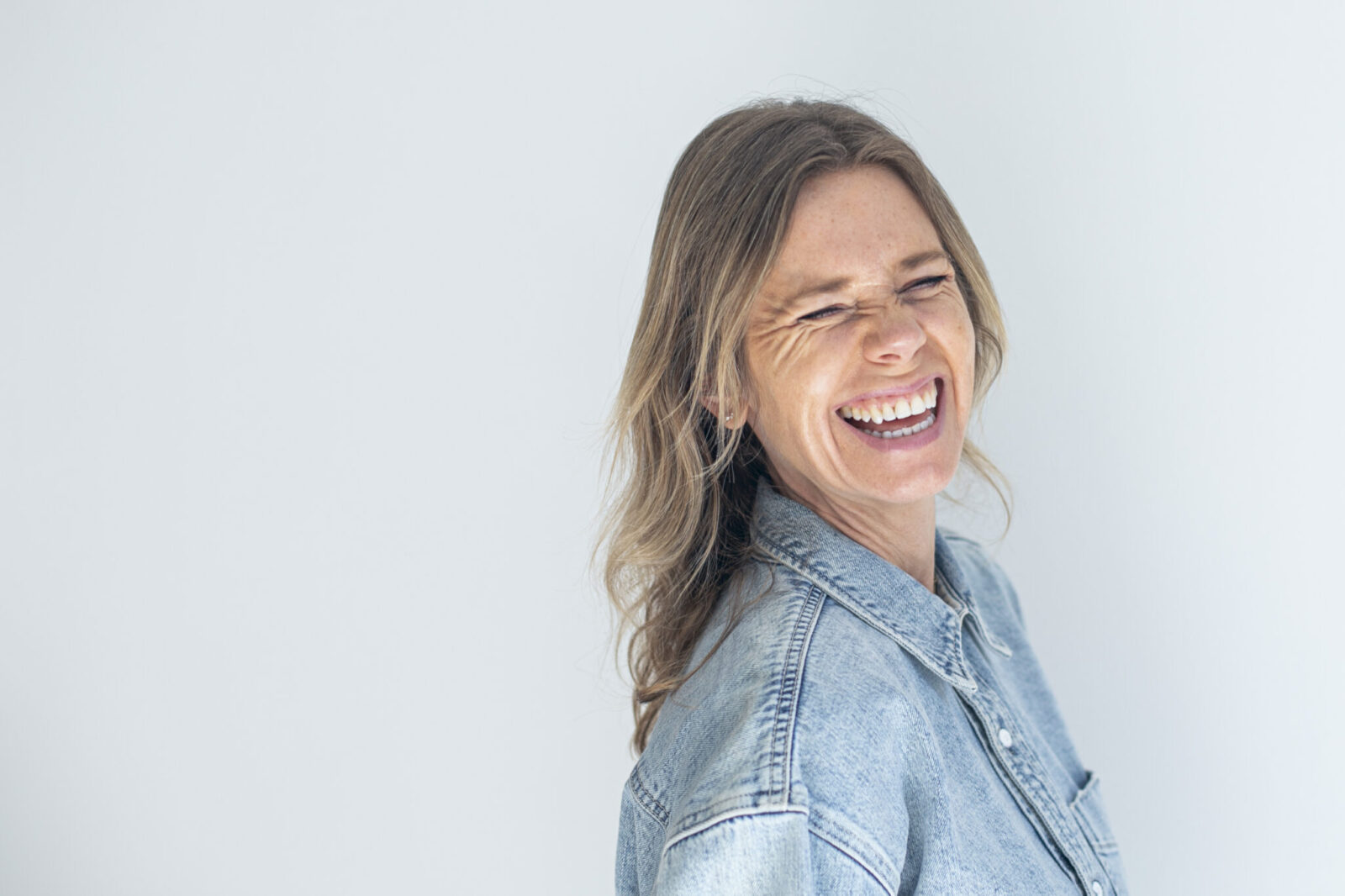
Read the First Part >> The True Meaning of ‘Sober Curious’: What its Founder Discovered in the Quest for Sobriety | Ruby Warrington
Marco is a design researcher who works with small to large companies to develop new products and services. Before stepping into the world of design consulting, he spent 10 years working as a financial journalist in Hong Kong, Tokyo and New York. Marco is also the host of KIKITE, an interview podcast.
Editor, Writer, and Video Creator based in Tokyo, Japan. After years of backpacking and volunteering abroad, she fell in love with the charm of Southeast Asia while working in PR. Experienced as an editor at Huffpost Japan and a video director/producer for BuzzFeed Japan and other media outlets, she now specializes in crafting content themed on social issues and sustainability across various media platforms.
Editor and creator of the future through words. Former associate editor of Huffington Post Japan. Became independent after working for a publishing company and overseas news media. Assists in communications for corporates and various projects. Born in Gifu, loves cats.
Freelance photographer based in New York. Born in Tokyo, Japan. She started taking photographs at the age of 10, studied classical and specialized techniques in the photography department at the university, then became a freelance photographer in 2009. She currently operates studios in Brooklyn, NY, and Kichijoji and Tsukiji in Tokyo, while creating various works including commercials, portraits, fashion, and art.
